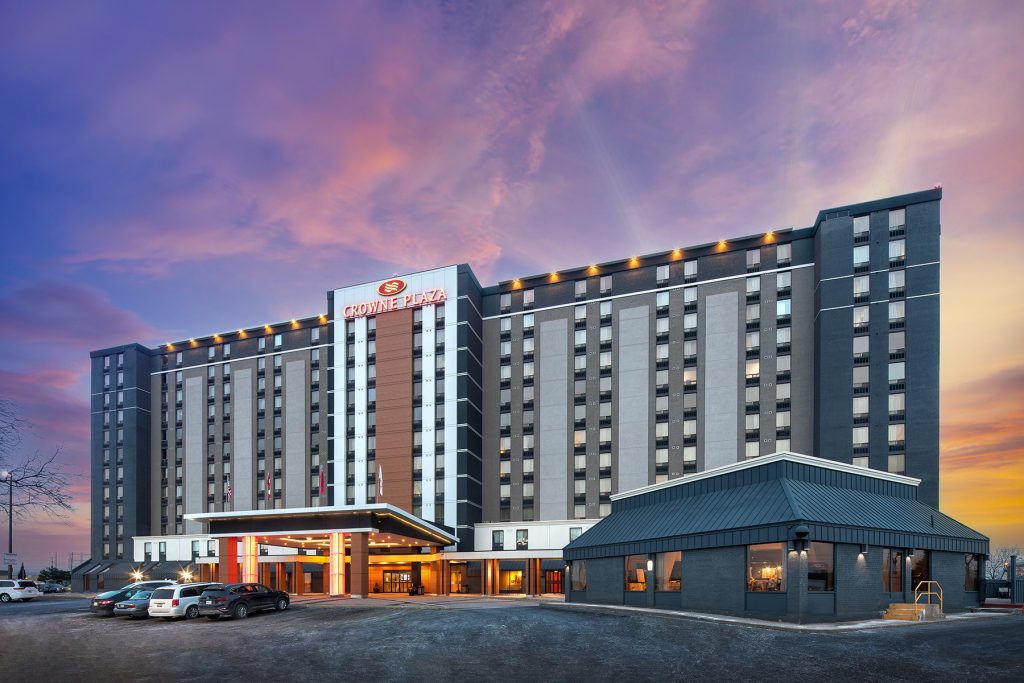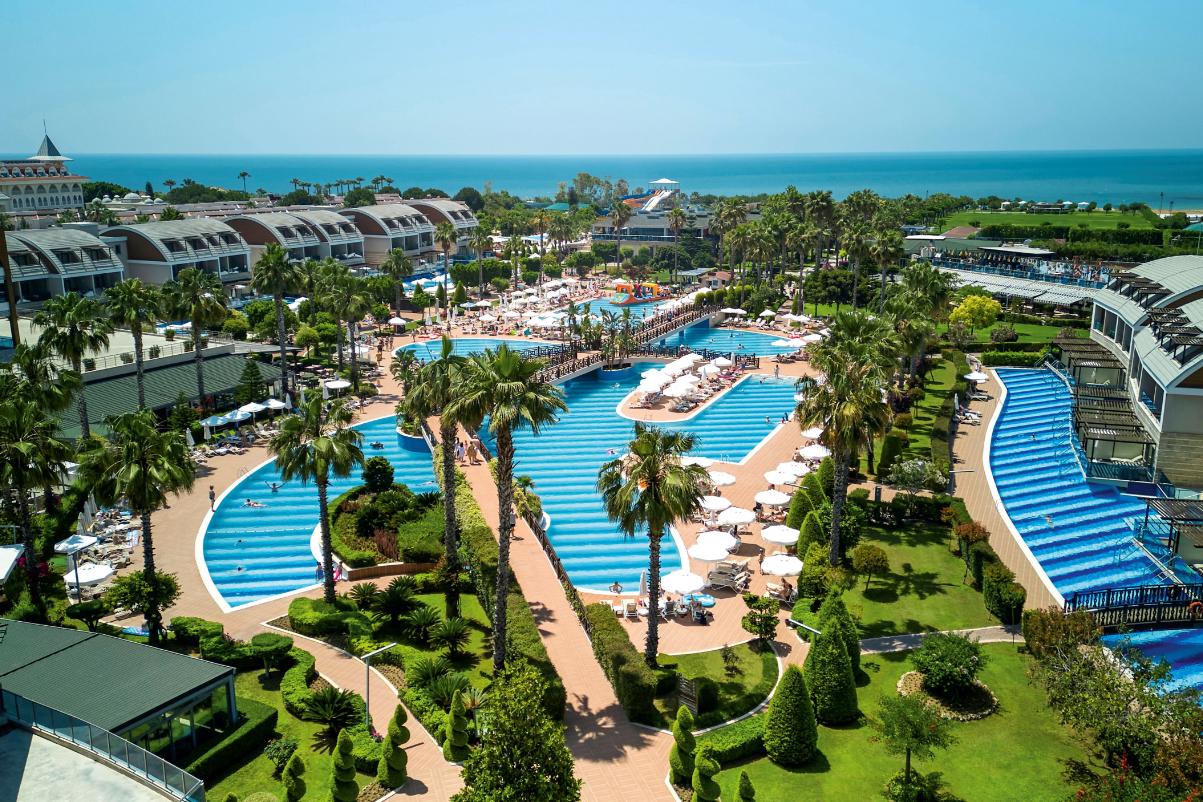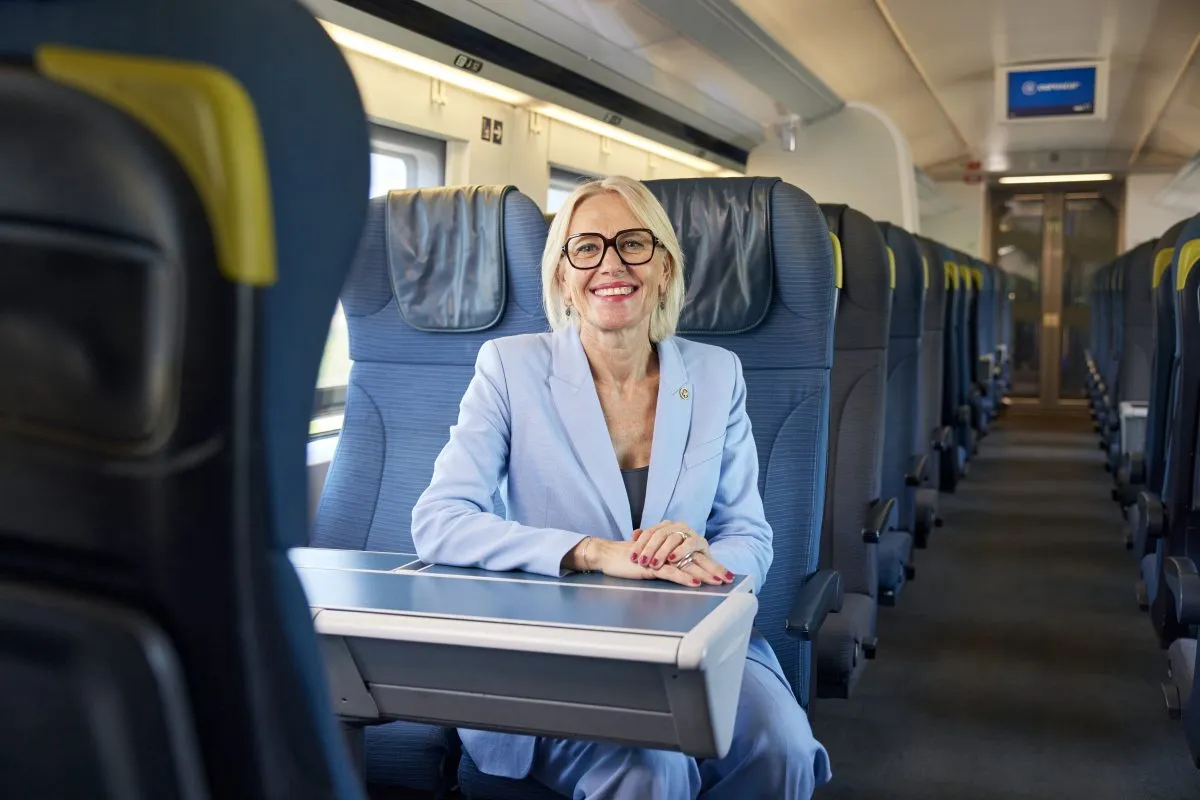IHG Will Focus on Non-Luxury Brands as It Pulls Back on Wild Portfolio Growth

Skift Take
IHG Hotels & Resorts launched a growth initiative in 2017 aimed at adding as many hotel rooms as possible to its portfolio. The global pandemic significantly curtailed the expansion streak, with 2020 seeing barely any room growth.
But company leaders maintain their brands of hotels like Holiday Inn that typically lack full-service amenities like a sit-down restaurant will reignite the expansion trajectory. Hotel owners will prefer to run lower-cost, high-margin properties during the recovery, the thinking goes.
“That mainstream, select-service space is incredibly popular with owners because of high returns,” IHG CEO Keith Barr said Tuesday on an investor call. “Midscale, the growth engine of the company, will continue to accelerate going forward.”
Barr acknowledged the company’s growth trajectory since 2017 slowed due to the pandemic.
The company’s room count had been increasing by at least 4 percent for three years, with peak growth arriving in 2019 with 65,000 new rooms. But 2020’s negligible 0.3 percent growth — or 39,000 new rooms — is a setback for IHG.
Part of the slowdown is due to IHG’s default on property returns with Boston-based landlord Service Properties Trust, or SVC.
The hotel owner eventually dropped IHG brand affiliation on 103 of its hotels and converted to brands under Sonesta International Hotels Corp., a hotel company SVC partially owns.
“We’re in a bit of a transitionary period right now with effectively slower groundbreakings taking place in some markets and construction stopping in a number of markets,” Barr said. “But we expect a re-acceleration of growth.”
Company leaders downplayed the threat of another SVC-level room loss happening. Paul Edgecliffe-Johnson — IHG’s chief financial officer — notes remaining IHG owners have significantly smaller portfolios than SVC's 103 hotels, with the biggest single owner of IHG hotels in the U.S. now with less than 10 properties.
IHG banked much of its growth between 2017 and 2019 on its existing owners, who typically owned only a couple hotels, Barr added. Those owners were understandably more focused on survival in 2020 than groundbreakings.
But as development interest returns, IHG leaders see a bulk of demand in its middle-market brands. Owners like this sector, as hotels are generally cheaper to build and operate at higher margins because they don’t have amenities like a spa or restaurant.
Nearly 80 percent of IHG’s U.S. portfolio is in this segment of the market. Only 4 percent stems from IHG’s luxury portfolio of brands like InterContinental.
That limited exposure to luxury hotels in urban markets also helped IHG’s financial performance relative to its competition.
The company lost $153 million in 2020, but that’s actually the strongest performance seen by one of the major global hotel companies last year. Hyatt and Hilton each lost more than $700 million while Marriott lost $267 million.
Focus on Growth Drivers
Nearly 70 percent of IHG’s 5,964-hotel portfolio operates in the midscale space, and a little more than 60 percent of its 272,000-room development pipeline is flagged for these kind of brands.
Even IHG’s competitors recognize this market segment will likely perform best during the pandemic recovery and beyond.
“Something I talked a lot about pre-Covid that, frankly, I don't think got enough attention, is the [mid-market] megatrend in our industry in every market in the world,” Hilton CEO Chris Nassetta said last week on an investor call. “Why is that? Because that's where the bulk of the population is. That's where the bulk of the population growth is, particularly in the emerging markets. And so what can those people afford? Mid-market brands.”
IHG’s own mid-market growth plans include scaling up newer brands like Avid, Atwell Suites, and Voco.
But Barr isn’t entirely ignoring the luxury sector. There are still 242 hotels in IHG’s luxury hotel development pipeline of brands like Six Senses, InterContinental, and Regent. IHG signed deals for 56 of these properties in 2020, Barr said.
“In terms of development, there’s still very strong demand in luxury and lifestyle,” he added. “I just think it’s due to the long-term nature of asset ownership in this space, where these hotels are being built to be owned for 40, 50, or 60 years.”
The 'Exaggerated' Demise of Business Travel
IHG may be well-positioned to handle middle-market leisure travel, but that doesn’t mean Barr is singing a swan song for business travel like Microsoft founder Bill Gates, who last year predicted more than half of corporate travel would permanently go away due to the pandemic sparking innovations in remote work and video conferencing.
“The death of business travel has been exaggerated by a number of pundits out there who say it will be down 50 percent or 30 percent,” Barr said.
He still expects technology to replace some business trips, but a lot of IHG’s business travelers aren’t consultants who fly into major urban centers for hotel stays four nights out of the week. Many are people who have to be on-site for a job and can’t rely on Zoom to take care of meetings.
“The vast majority of business travel will come back, but it’s going to be a measured recovery over a number of years. It not going to all come back at once,” Barr said. “Travel budgets will gradually increase as people have more confidence to travel.”




